One Step at a Time
Published: September 5, 2025
Bharatanatyam can be learnt under different styles or schools. They include the Pandanallur style, Vazhavoor style, Tanjore style, to name a few. Guru Rukmini Devi Arundale, established the Kalakshetra style based on the existing styles. There are slight variations in each style, but the basic structure remains the same. It was Guru Arundale, along with the lawyer, Shri E Krishna Iyer, who named this dance form as Bharatanatyam and promoted the art form. By 1936, Guru Arundale, established the Kalakshetra school in Chennai, Tamil Nadu that encouraged students to learn performance arts. Documentaries such as Louis Malle's L'Inde Fantôme (1969) give us a glimpse of the lecture sessions, practices, and student teacher interactions at Kalakshetra, in the 1960s.
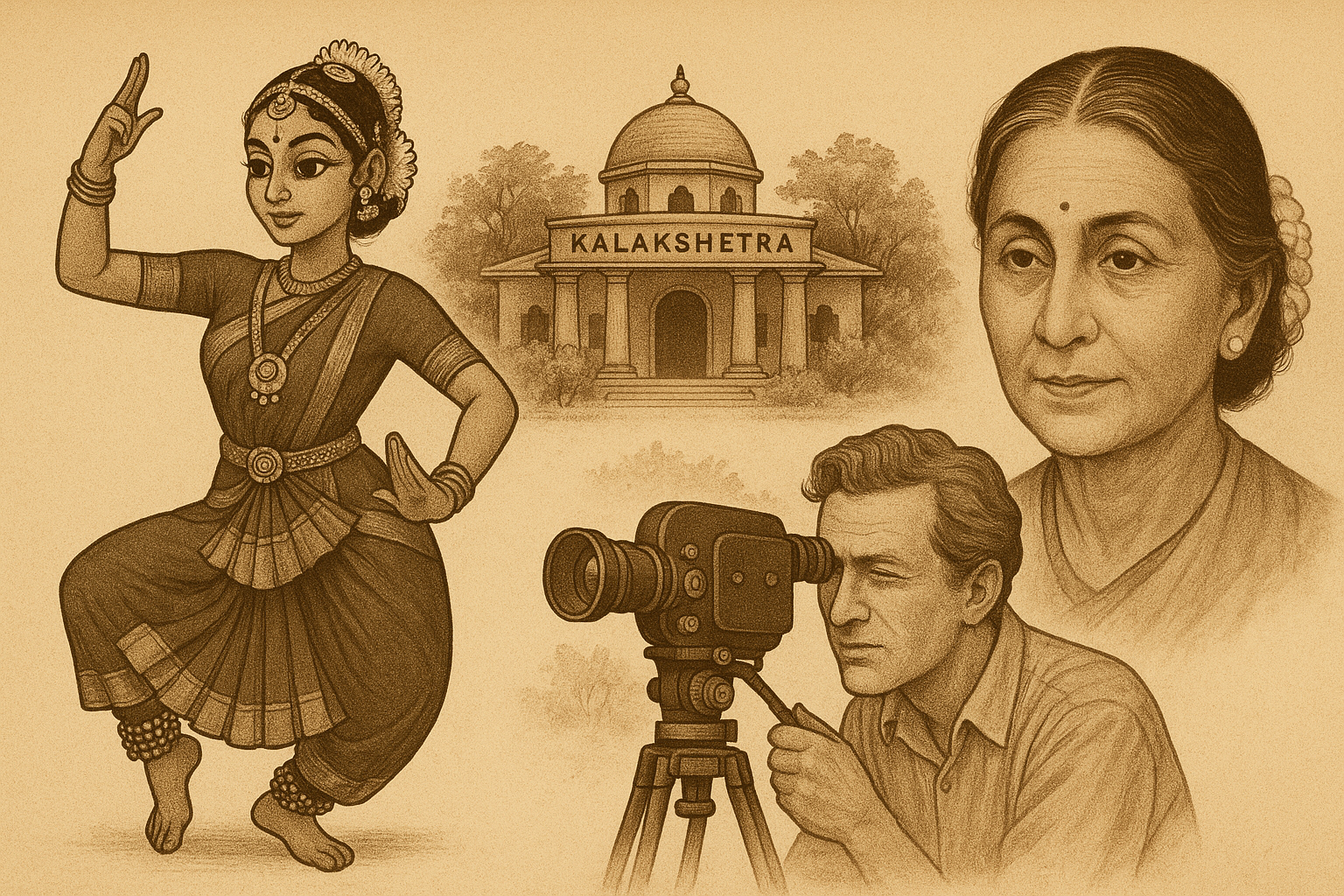
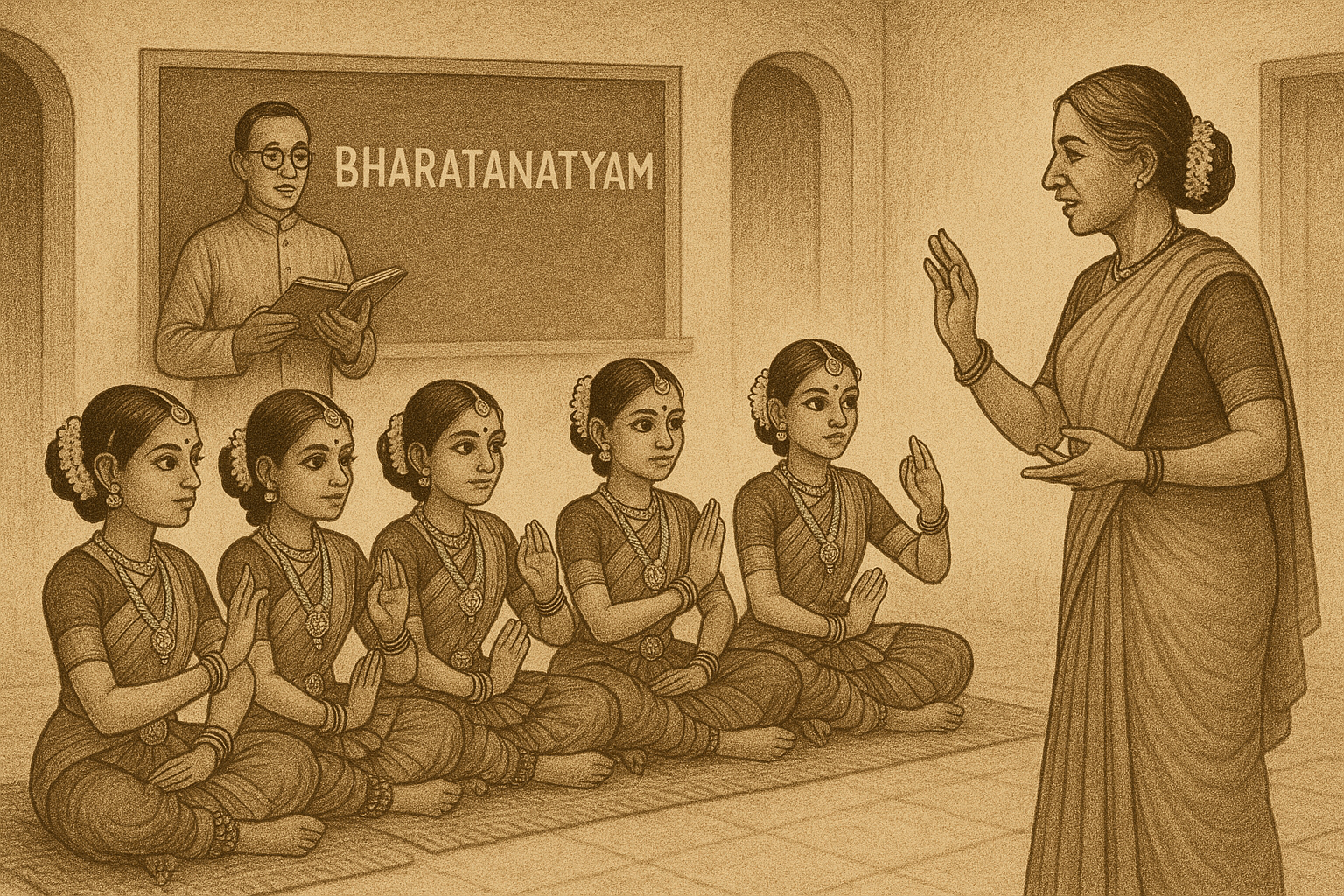
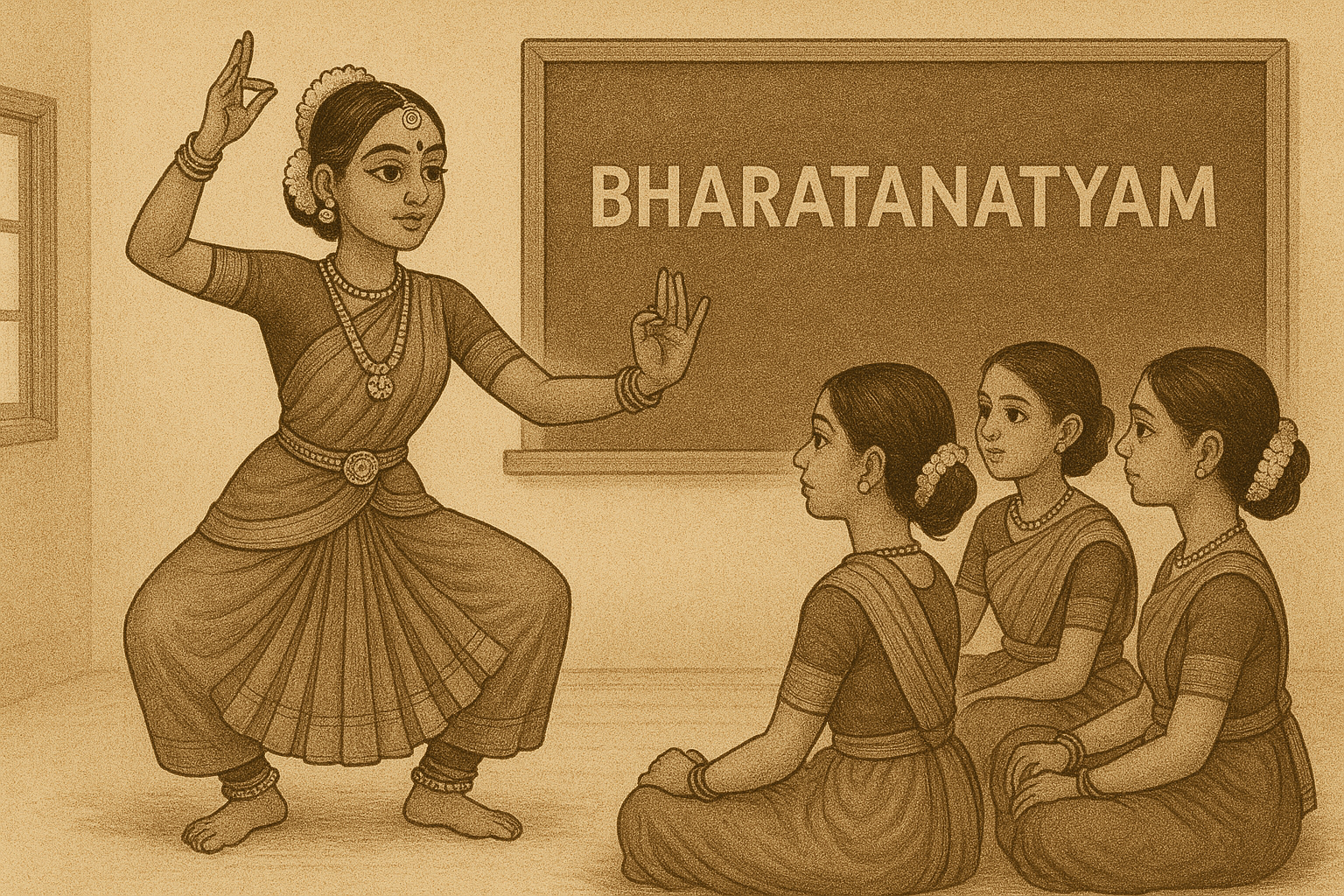
Challenges and Prejudices
One must acknowledge that, dance as an art form, despite its qualities was not always accepted by people. Especially after the colonial rule, dance was considered ungodly and disgraceful. It has taken centuries to refute this belief, and yet, there is still long way to go to counter such prejudices. You will hear of families that do not permit children to learn the art form. Some believe that only women perform Bharatanatyam and men do not. People might also believe that Indian dance forms are specific to certain culture and religion, while others argue that learning this art form has no tangible benefits.
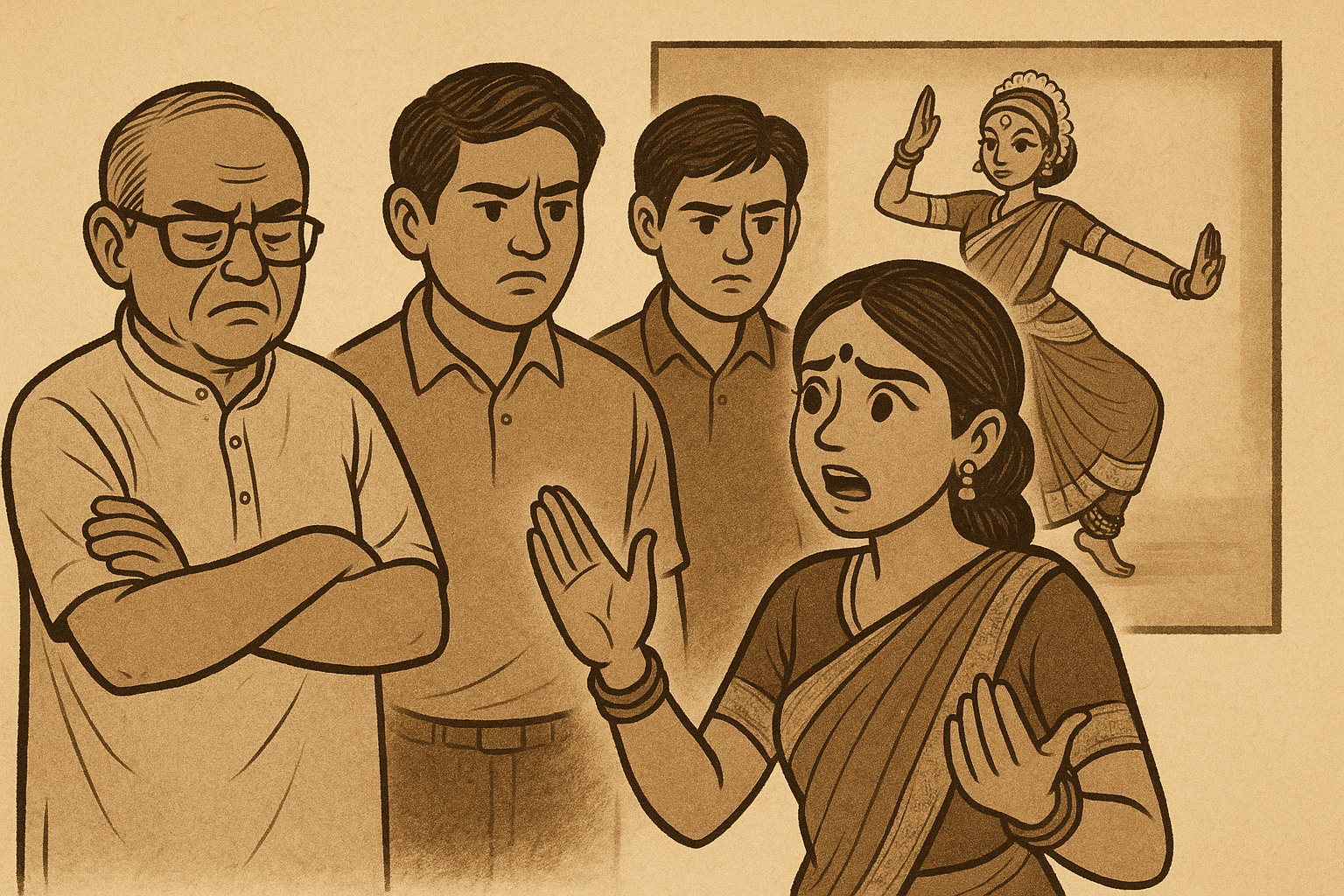
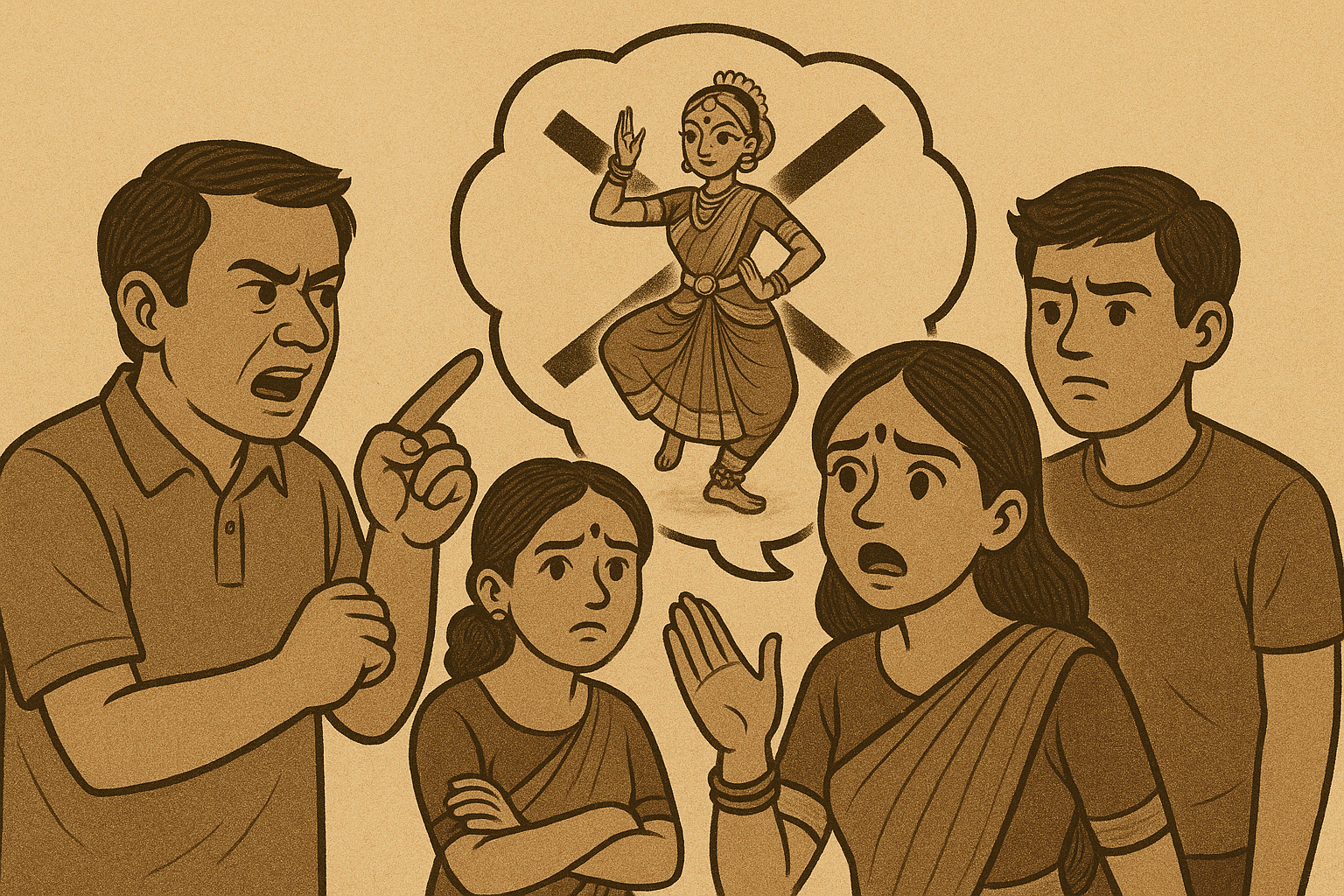
Reflecting on the Art Form
But if such was the case, why would generations of erudite scholars dedicate their lives towards this dance form? Why would all the artists and artisans painstakingly hone this form and facilitate its growth and development? And if it were a malicious practice, devoid of any benefits, why would people appreciate its beauty and ensure that Bharatanatyam persists beyond time and place?
The Nataraja: Symbol of Universal Dance
A significant response to biases against dance is the figure of Shiva as 'Nataraja', the dancing god. The figurine of the Nataraja, refutes the argument that classical dance forms especially Bharatanatyam is gendered and a feminine form. The Nataraja is symbolic of harmony within the cosmos established through music and dance. It is revered by various communities within the country and beyond, and is even acknowledged by physicist at the CERN in Switzerland!
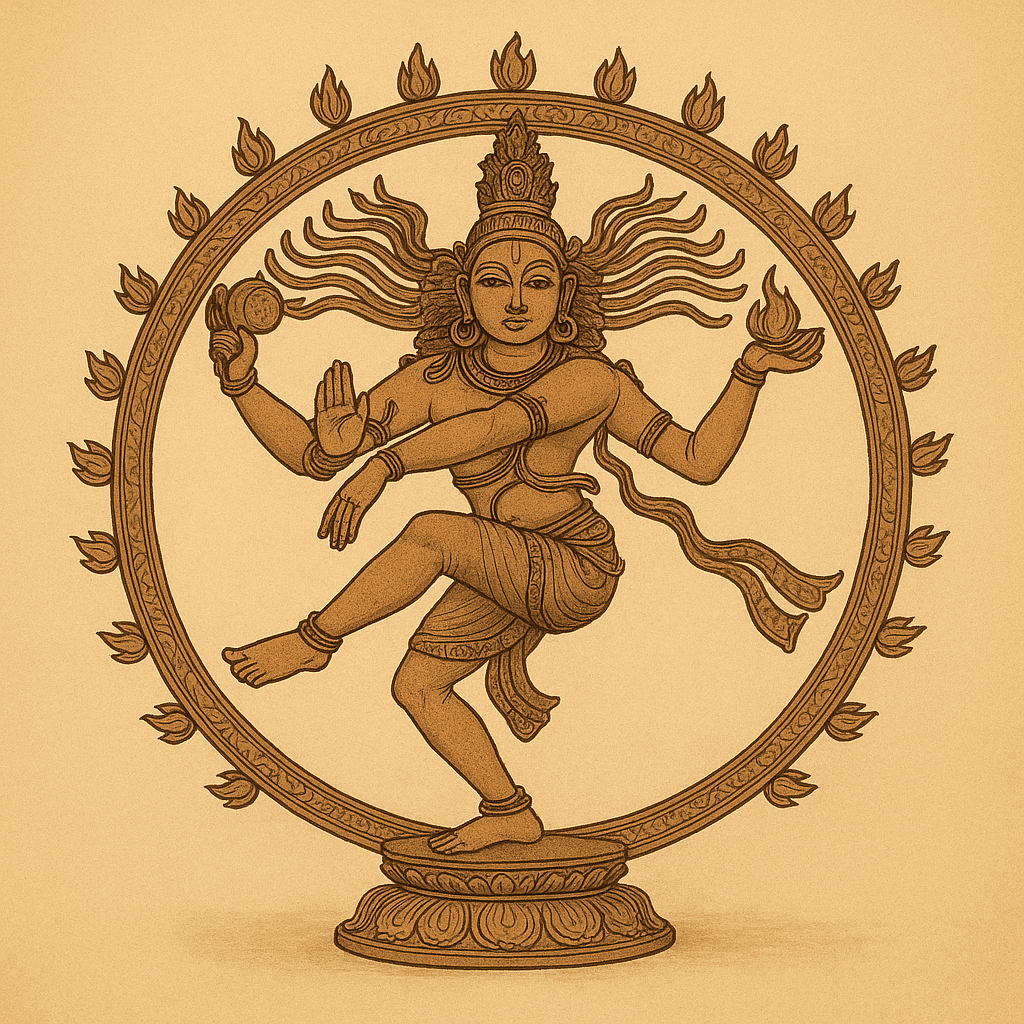


The Freedom of Expression
Bharatanatyam can be graceful with fluid movements, at the same time, also be strong and powerful. You can decide, how you want to perform the art form based on the story you want to convey. A performer is a storyteller and can assume various roles and characters. But, it also gives the performer the freedom to express one's personality.